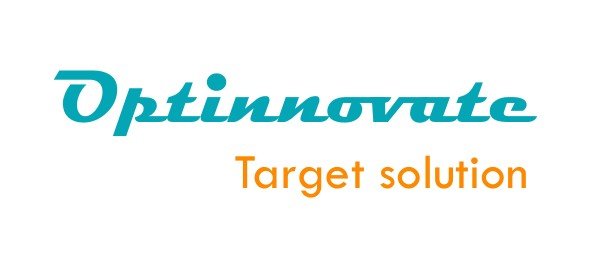Laser reflector
Fiber Laser Lens is mainly used in laser cutting to prevent debris splash to damage the lens. coated with high damage threshold anti-reflection coating to reduce the reflection, is now widely used in optical cutting, laser marking and other applications.

Material
In pulsed solid-state lasers and continuous wave (CW) lasers
Most common glasses (various grades of Fused Silica, Schott N-BK7 and their equivalents) have good transmission values from ultraviolet (UV) throughout to infrared (IR). However, lasers can emit longer, or shorter wavelengths and these common materials must be substituted with other materials, such as Magnesium Fluoride (MgF2), Calcium Fluoride (CaF2), Zinc Selenide (ZnSe), Germanium (Ge) or others.
In Excimer lasers
Output coupler’s substrate and applied coating material must be fluorine and chlorine resistant due to exposure to laser gas.
Radius of curvature (ROC)
Stability highly depends on the shape of Output coupler (Partial reflection mirror). Depending on the design of optical cavity (concentric, confocal or other), cavity length and diameter, the Output coupler (Partial reflection mirror) can either be flat or curved (convex or concave curvature).
In order to eliminate interference caused by multiple reflections inside the Output coupler (Partial reflection mirror) Optinnovate suggest using wedged substrate. Even small wedge will decrease interference.
The dielectric partial reflection mirror coating is applied on the side facing the laser cavity (front side). To lower the losses of transmitted beam the outer side (back side) usually is coated with anti-reflective (AR) coating optimized for same wavelengths.
Reflection and Transmission
Depending on laser medium and cavity structure the reflection values may vary. Laser output couplers are described by reflection and transmittance values (R/T), which determine what portion of light is transmitted through and what portion is reflected to the cavity.
Angle of incidence
Dielectric output coupler (Partial reflection mirror) coating can also be designed to work on different angles if necessary. Usually the Optinnovate standard output coupler has normal incidence angle (0°), however experienced our engineers can design output couplers to work in your desired angle 22.5°, 45°, 56° or broad angle diapason 0-22°; 0-45°.
How to clean the reflective lens?
- Cleaning method: use a soft cotton ball dipped in an appropriate amount of high-purity alcohol to gently wipe the mirror clockwise, with the center to the outside until the mirror is clean
- If the equipment is not used for a long time, the lens must be cleaned first, and then the surface of the lens must be sealed with high-grade lens paper and adhesive tape to reduce the chance of direct contact between the lens and the air.
